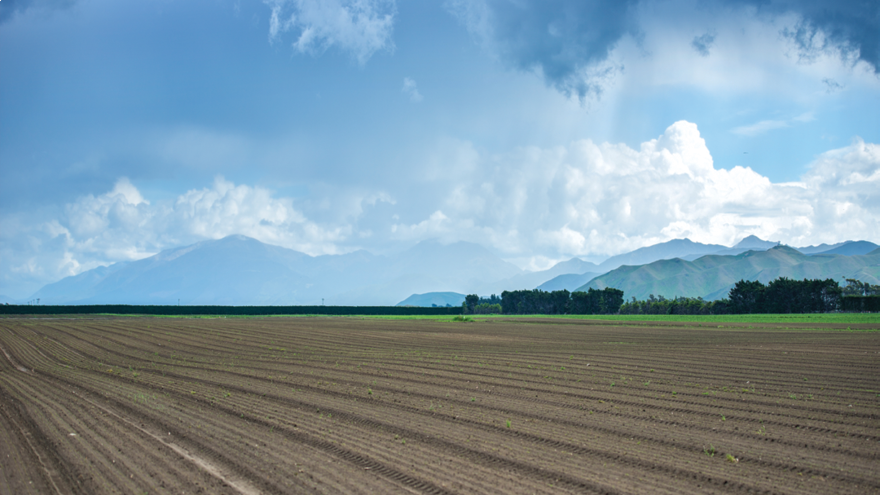The aim of cultivation is to create a seedbed suitable for a seedling to establish. Correct cultivation enables successful crop establishment, helping maximise crop yield potential. Before cultivation, consider the current fertility of the paddock and its crop rotation history, assess its risk of diseases and pests and identify paddocks with good stored moisture.
A visual examination of the paddock prior to cultivation can provide you with an assessment of the soil structure and whether the paddock is suitable for the crop you want to grow. Look for signs of poor drainage and/or poor aeration. If there is a crop currently present, dig a hole and check if plant roots have penetrated deeply. Are the roots well distributed throughout the soil profile or are they limited to a few channels? Look for signs of root restriction from barriers such as a plough pan. Will the slope of the paddock increase soil erosion risk once cultivated? Can the paddock be worked by machinery easily and safely (are the soil conditions conducive)?
Working the soil when it is too wet or too dry can have negative impacts on soil structure including loss of soil structure. The loss of soil structure can increase the risk of soil loss from wind when the ground is exposed and can affect the drainage and aeration condition of a soil.
A plough pan can occur when a soil is continuously cultivated at the same depth. The soil just below the cultivated layer becomes compacted and creates a hard barrier known as plough pan. If there is a suspected plough pan, the soil will be extremely tight and firm down at the cultivated layer. Root channels will not be present due to the lack of root penetration and worms will not be present either. The presence of a plough pan impedes the potential rooting depth of sown crops
and the soil's ability to conduct effective drainage.
Conducting a ‘worm’ test is a simple way of measuring your soil moisture ready for cultivation. Note though that this method is less accurate than others, such as using a soil moisture probe or tape. To complete a ‘worm’ test, take a small amount of soil and roll it into a 4 to 5 cm long and 1 cm wide ‘worm’ between the palms of your hands. Once formed, you will either notice it start to crack (for silty soils) or it will remain in its shape. If it remains in the ‘worm’ shape it is too wet, if it cracks it is too dry. Knowing your farm’s soil texture provides an indication of your target soil
moisture status.
Depending upon the crop being planted, a seedbed requires different conditions. For example, swedes and fodder beet require a fine tilth while some arable crops can establish in medium to course seedbeds. To achieve the correct seedbed, there are a variety of implements available. The most common include ploughs, rollers, harrows and cultivators so consider the type of implement required to complete the job.
Taking time to examine a paddock and assess sites within that paddock, along with answering a few questions, can provide you with critical information that will assist with establishing successful crops.
If you would like some help with this assessment, or to further discuss paddock selection before cultivation, contact your local PGG Wrightson Technical Field Representative.

